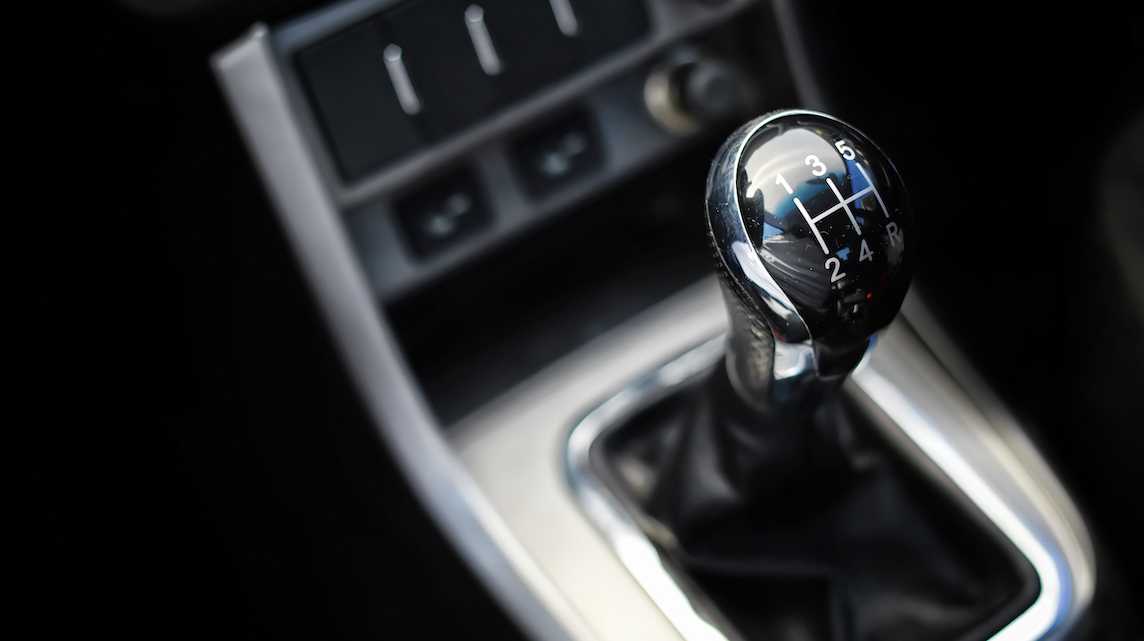
These are the top cars for drifting if you really want to take your car beyond the basics. These include the Subaru WRX STI, Mazda Miata MX-5, and Toyota JZX-90. Each is powerful and fast, making them great for driving on the track. Read on to find out which cars are best for drifting! You may even be surprised at which of these cars you want to buy!
Ford Focus RS
Ford Focus RS, if you are looking for a car that can drift, is it right for you? This car is equipped with an adaptive damper and a mountune motor pack. This system allows the driver the ability to adjust the car’s suspension so that it moves softer in front and firmer back. This car can be tested on private tracks or on public roads. However, it should not be used on public roads.

Mazda Miata MX-5
While there are many cars that can be considered the best for drifting and racing, the Mazda Miata MX-5 remains the best. Professional drifters swear by its reliability and 4 cylinder DOHC motor. The vehicle has sold over one million units, making it one of the most popular vehicles for drifting. It also features a fun factor that makes it a favorite among amateur drifters.
Subaru WRX STI
Subaru offers a manual version of its WRX STI car, in addition to the WRX STI. Although the WRX is only available in a manual transmission, its weight has been reduced by 50 pounds. The WRX can also go from 0 to 100 km/h in 5.8 seconds. It is slightly heavier than a standard Impreza and lighter than the WRX STI trim.
Toyota JZX-90
Toyota's JZX-90 drifting Toyota is a classic in the japanese car industry. It can be purchased in gasoline or diesel. Turbocharged engines are also available. It is illegal to import in the United States. A JZX-90 is available online for as low as $40 USD. These cars were raced for the first time in the 1990s. Toyota stopped selling these cars in America.

BMW E46
The BMW E46 has been the standard drift car for many countries. It is outperforming all other s-bodies. Its naturally-aspirated engine, German engineering, great looks, make it an excellent drifting vehicle. The European trim offers a 3.0 litre straight six, with power delivered through a five-speed manual transmission and limited-slip differential. It is a powerful option due to its 282 horsepower.
FAQ
Is being a mechanic apprentice hard?
It is not easy but it can be done quickly. There are many opportunities for advancement.
You must be patient and persistent. Also, you must know how to fix trucks, cars, and motorcycles.
Customers and relatives can exert a lot on you. However, you shouldn't be forced to make difficult decisions.
If you like fixing cars, this could be a great career option. This job allows you to make a decent wage and build up your company.
But you may prefer another path. This is where you might be interested in becoming a technician.
This means that you can use your technical knowledge to help other workers. This could be a way to help technicians with their problems or to teach them new techniques.
Another option is to become an advisor in service. You will offer assistance and advice to customers when they bring cars to a garage.
It all depends on your goals. There are many options, so you can choose the one that suits you best.
How long is an automotive course?
An automotive course lasts 3 years.
The first year is spent learning about cars and theory. The second year is dedicated towards practical training. This includes learning how to drive, fix engine problems, and doing other maintenance jobs around your car. You will spend the final year working in a local garage to gain real-world experience.
How do I fix my car for a hobby?
Why not make it a hobby if you're interested in cars? It is possible to learn about cars, repair them, purchase parts, or simply enjoy them. If you are looking for something more, it would be an excellent hobby.
It's difficult to make this a fulltime job. It requires a lot of hard work and dedication. You'll also need to invest a lot.
You may not be able to have an emotional connection with cars unless there is a valid reason.
Is it hard to get a job working as an auto mechanic?
Yes, it's possible. Many garages advertise their vacancies online, and many people apply just because they think it might be fun. You can apply for several places to see if they are accepting student applications if you want to get your foot in their door. Ask your friends and family to recommend anyone in the field. You might be able to refer someone.
What is the distinction between a mechanic or an automotive technician?
These two jobs are very similar but not identical. Both a mechanic and an automotive technician can repair cars.
A mechanic must be skilled in manual dexterity and able to complete simple tasks quickly. They should be able to accurately diagnose problems and repair them efficiently.
An automotive technician needs to be more technically skilled than a mechanic. They must be able to read blueprints and use tools such as drills and wrenches.
They must also be able to carry out complex procedures safely. They must also be familiar with different types of engines and electrical systems.
They must also be capable of understanding how parts interact.
A mechanic typically earns less than an automotive technician. Both careers have many options.
Are you a mechanic or a technician? Can I study part-time?
While a degree is not required, it does help. Employers will prefer candidates who have completed a degree. This shows you have put in the work and achieved success.
But, this doesn't mean you have to stop working while studying. Some universities allow students to complete coursework over the summer holidays and finish their studies later in the year. Others let students take classes part-time throughout the year.
Statistics
- According to the BLS, total auto technician employment is expected to exceed 705,000 by 2030. (uti.edu)
- There were 749,900 jobs available for automotive service technicians and mechanics in 2016, which is expected to grow by six percent through 2026. (jobhero.com)
- 52% of Mechanics in the United States think their salaries are enough for the cost of living in their area. (indeed.com)
External Links
How To
How to diagnose your vehicle properly for repair
First, look at the symptoms of your car to determine if it needs repair. You can then follow these steps for a proper diagnosis of your vehicle.
-
Check engine lights. Inspect the dashboard light indicators. These include the engine lights, the oil pressure gauge and the battery light indicators. The RPM gauge and coolant temperature gauge should also be checked. If any of these indicators have been flashing continuously for several days it could mean that there is something wrong with your vehicle.
-
Inspect the tire treads. If the tires are worn out, they could cause problems with handling and braking. It is also important to inspect the wheel treads. You should ensure that they are clean and smooth. This can be done by removing the wheels from the vehicle and taking them off. You can check the tread wear with a flashlight.
-
Pay attention to the level of your brake fluid. It is important to keep track of how much brake fluid you have in your car. This ensures that your brakes work properly. Low brake fluid levels could cause your brakes to fail when you apply pressure.
-
You should test the suspension system. The suspension system in vehicles absorbs vibrations and shocks. It allows for better control, smooth acceleration, and deceleration. You might notice a wobbly feeling or uncontrollable shaking in your vehicle if it has a problem with its suspension. If you are unsure if your vehicle is suffering from a suspension problem, put weight on the front and rear axles to check the movement.
-
Examine the steering wheel. The steering column is used to link the steering wheel with the rest of vehicle's components. Accidents often damage steering columns. You should replace your steering column if it feels loose or unstable.
-
Observe the exhaust pipe. Exhaust pipes move gases from combustion chamber to atmosphere. If your exhaust pipe leaks or cracks, it will allow harmful fumes into your cabin. Also, if your tailpipe is bent, you should fix it immediately.
-
Take a look under your hood. Take a look underneath the hood to find any strange or unusual items. There could be fluid leaking from your engine. You should also contact a professional technician if there is an unusual odor coming from the engine compartment.
-
The air filter should be checked. The air filter in your vehicle collects dirt and dust from the environment. A dirty air filter causes your vehicle to run poorly. Replace your air filter regularly.
-
Verify the fan belt. Your vehicle's fan belt connects the engine to the transmission. If it breaks, the engine won't turn over. It is easy to replace the belt. All you need are a screwdriver & pliers.
-
Make sure you inspect the radiator hoses and hoses. The radiator hose transports water from radiator to engine. It can become cracked or damaged and leak hot liquid onto your engine. Repairing the hose is easy with a pair of needlenose pliers or a small wire brush.
-
Be sure to inspect your windshield wipers. Windshield wipers use electricity to wipe away rain and snow. If they stop working, they could leave streaks on your window glass. The solution is to change the washer fluid.
-
Make sure you check the cables. The battery cables supply power to your car's electrical systems. When you replace batteries, make sure to disconnect the negative cable first. Failure to do so can damage your alternator.
-
Pay attention to your headlights. The headlights provide illumination for the road ahead. If they don't work properly, it can cause poor visibility. Check the bulbs to see if they've burned out.
-
Always check your lights. If you approach other drivers at night, lights will warn them. One that doesn't work could cause you to be distracted, and possibly lead to an injury.
-
Check your brakes. Before you collide with another vehicle, brakes will slow down the car. If they aren't working correctly, you could lose control of your car and crash.
-
Change the oil. Your engine will stay lubricated by the oil. It protects metal parts and prevents them from wearing too quickly. It is recommended that you change your oil at least once per month.